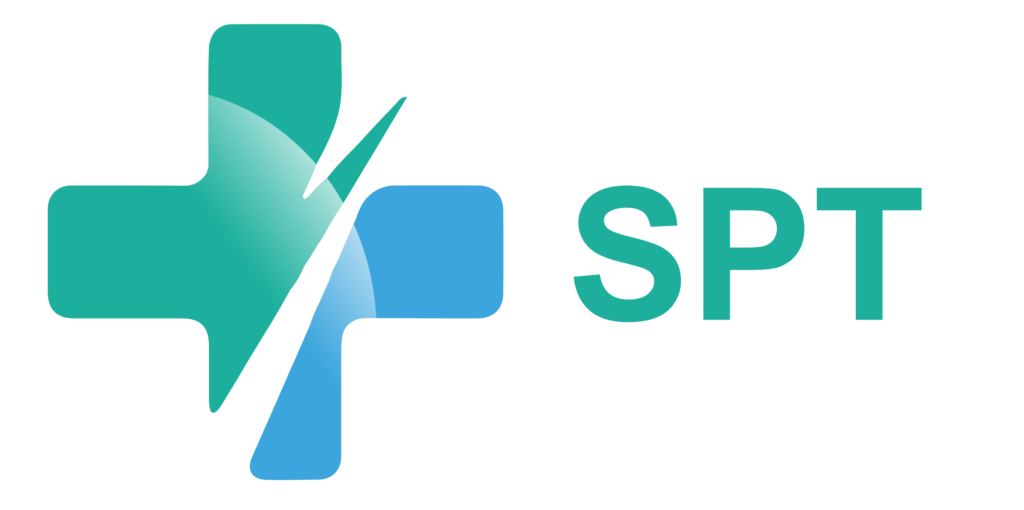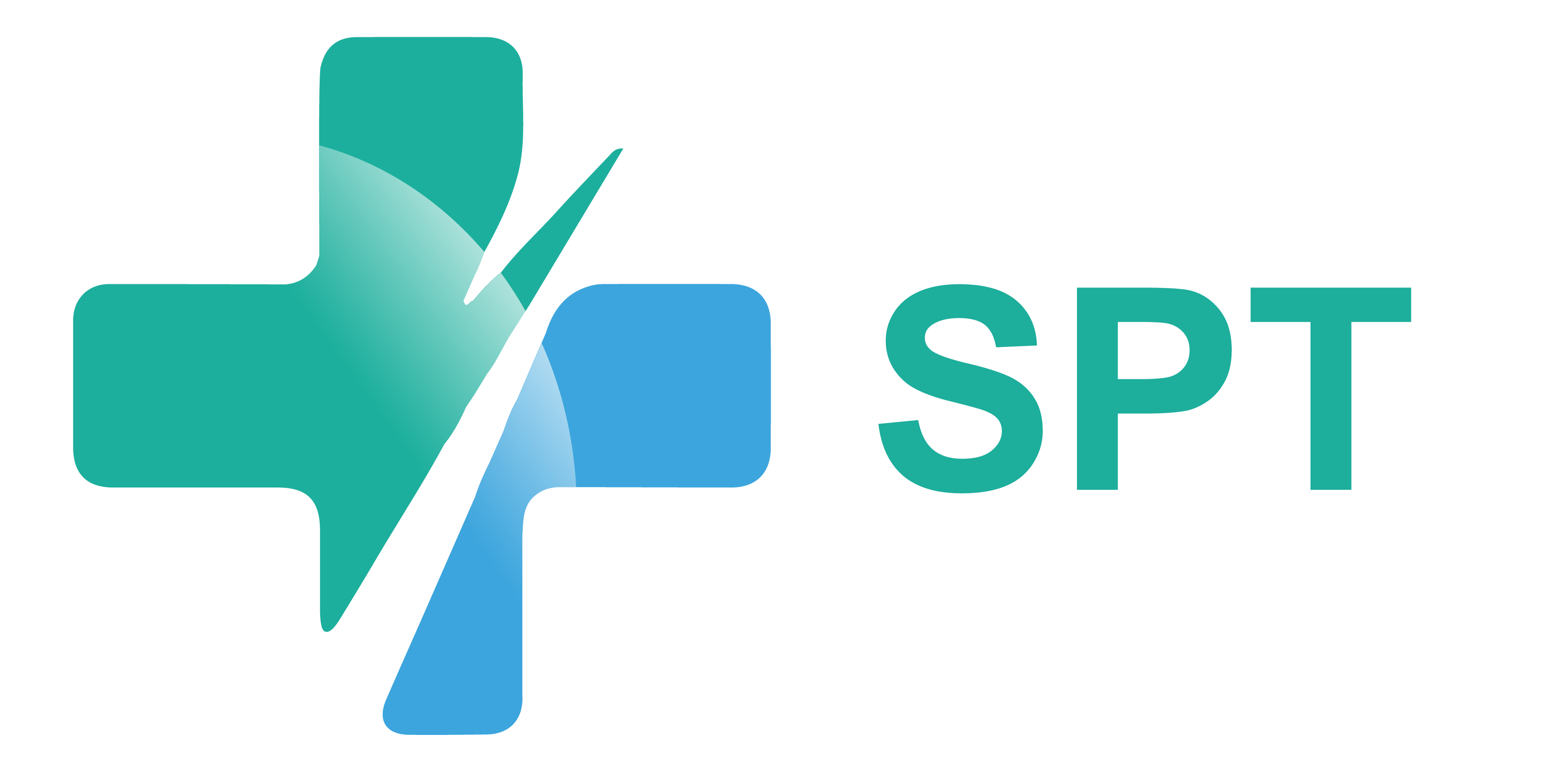Understanding cardiology coding is like having the right keys for a big, complicated map. With around 70,000 ICD codes to choose from, you want to make sure you pick the spot-on ones for heart stuff. This means being spot on with codes for check-ups, fixing heart issues, or major heart surgery.
You need to pay attention because correct coding helps you get paid right and keeps everything by the book. Now it’s time to find out coding secrets and cheat sheets so you can get the hang of it without a headache.
What are Cardiology Billing Guidelines and Coding Cheat Sheet?
Well creating a complete cheat sheet for cardiology billing services or specifically coding guidelines is a wide-ranging task because the specifics can change based on coding updates, payer policies, and healthcare regulations. However, we are sharing a simple and concise cheat sheet that covers some of the basics.
Always refer to the latest American Medical Association (AMA) guidelines, the Current Procedural Terminology (CPT) code book, and updates from the Centers for Medicare & Medicaid Services (CMS) for the most current information.
Cardiology Billing and Coding Cheat Sheet
Cardiology CPT Codes:
- Outpatient & Office Visits:
- New patients: 99202-99205
- Established patients: 99211-99215
- Echocardiograms:
- Transthoracic: 93306
- Transesophageal: 93312
- Stress Echo: 93350
- Electrocardiograms (EKG or ECG):
- 12-lead EKG: 93000
- Stress Tests:
- Treadmill (without imaging): 93015
- With imaging (nuclear or echo): 93017 (tracing only), plus applicable imaging codes
- Catheterization Procedures:
- Right Heart Cath: 93451
- Left Heart Cath: 93458
- Pacemaker and Defibrillator Services:
- Insertion: range of codes from 33206 to 33273 depending on the procedure specifics
ICD-10 Codes for Cardiology:
- Heart Failure: I50.x
- Atrial Fibrillation: I48.x
- Hypertension: I10
- Coronary Artery Disease: I25.x
Common Mistakes in Cardiology Billing and Coding
When it comes to cardiology billing and coding, you need the exact codes in the right number of details to make sure your billing turns out perfect. But, like in any field, mistakes can happen.
Wrong Code Usage
Using the wrong code is like dialing the wrong number; you won’t reach the right destination. In cardiology, confusing procedure codes can lead to claim rejections.
Missed Services
Forgetting to bill for a service is like leaving money on the table. Every test and treatment must be accounted for to get proper payment.
Upcoding and Undercoding
Upcoding is like overstating your story, billing for more complex procedures than performed. Undercoding is the opposite, not fully claiming what was done, losing rightful earnings. You should avoid both of them.
Timeliness Errors
Submitting claims late is like missing the bus; you might not get another ride. Late submissions can result in denied claims and lost revenue. So, for better denial management you should not make this mistake.
How to Prevent Cardiology Claim Denials
It’s time for you to understand how to not gather tons of claim denials then these methods will help.
Double-Check Patient Demographics
Well, whenever you are about to process any cardiology claim, it’s crucial to confirm that all patient information is correct. This means reviewing and verifying the patient’s name, date of birth, insurance ID, and other demographics thoroughly.
Mistakes in these details, even small ones, can lead to claim rejections or denials. It’s like when you’re sending a letter; if the address is wrong, it won’t reach its destination.
Utilize Current Procedural Terminology (CPT) Codes
CPT codes are the language that healthcare providers and insurers use to describe and bill for services. It’s important to use the most current and accurate codes to describe the cardiology services provided.
Simply understand the concept that everyone uses the correct keywords to search for something online; if you use the wrong terms, you won’t get the results you’re looking for.
So, staying updated with the latest medical coding changes and guaranteeing they are applied correctly in claims can knowingly reduce denials.
Document Medical Necessity Clearly
For every cardiology procedure or test performed, it’s critical to have clear documentation that explains why it was necessary. This is like keeping a detailed diary of what was done and why, providing evidence to the insurance company.
This documentation must show that the procedure was important for the patient’s health, following the standard care protocols. Without this, insurance companies might view the procedures as optional and deny the claims.
Verify Insurance Coverage Before Procedures
If you are about to perform any cardiology procedures, verifying the patient’s insurance benefits and coverage is a must. This is to confirm that the services provided are covered under the patient’s current insurance plan. It also helps to identify any pre-authorization requirements or if referrals are needed minimizing the risk of claim denials.
Early verification can also inform patients about potential out-of-pocket costs, improving patient satisfaction and reducing the chance of billing disputes down the line.
Educate Staff on Insurance Policies
The best thing is to keep the billing and medical billing staff informed about different insurance policies and their requirements is essential. That is why regular training sessions can help staff stay current with the ever-changing landscape of insurance guidelines, coding updates, and billing procedures.
This knowledge allows them to understand the complexities of insurance billing more effectively and reduce the likelihood of errors that can lead to claim denials.
Implement ICD-10 Compliance Checks
Using the International Classification of Diseases, Tenth Revision (ICD-10) codes accurately in claim submissions is vital. Suppose the ICD-10 codes are GPS coordinates that lead to the right diagnosis.
These codes provide detailed information about the patient’s condition and the necessity of the treatment provided. When you implement regular checks to certify compliance with ICD-10 coding reduces the likelihood of errors and denials.
It requires a detailed understanding of the patient’s diagnosis and how to translate that into the coding system—a task that might involve ongoing education and utilization of coding resources.
Regularly Update Billing Software
In the fast-paced world of healthcare billing, utilizing up-to-date billing software can be a game-changer. As any outdated billing software can lead to claim denials due to incorrect coding or failing to meet the latest billing requirements.
You have to ensure that the software is regularly updated so it can help automate checks for common errors, stay compliant with new regulations, and improve the overall efficiency of the billing process.
Best Practices for Cardiology Coding
Cardiology coding is like making sure you get the details right when you fill out important paperwork. If you don’t, you might not get paid for the work you do. To avoid that, you need to keep up with the newest rules, because they can change a lot. It’s said that if a doctor’s office isn’t careful with their coding, they could lose about 10% of the money they should earn each year.
It’s also super important to write down everything about the patient’s visit. If everything’s written down well, it’s easier to pick the right codes and show why a patient needs treatment. One study showed that when a doctor’s office checks their paperwork and codes more carefully, they can cut the number of rejected insurance claims by 30% pretty quickly.
Last but not least, using the latest electronic tools for coding can help spot mistakes before they become a problem. These tools are smart and can help coders not to make errors, which means getting paid faster and more often.
So, these steps are all about making sure you do the paperwork right so that the doctor’s office gets paid and can focus more on caring for patients.
Find a Partner to Outsource Cardiology Billing Services
If you’re looking for someone to handle the billing for your cardiology practice, SPT Medical Billing could be a great choice. They specialize in the complex billing needs of heart doctors and are known for getting claims processed smoothly and quickly.
This means they can help your practice earn money efficiently while you focus more on taking care of your patients. Their team understands the special details of cardiology billing, making them a reliable partner in managing the financial side of your practice.
Conclusion
Cardiology coding can be tricky, but it’s important to get it right. You should stay updated with the latest codes and make sure to document everything from each patient visit. Then also using the newest coding tools helps avoid mistakes, so claims don’t get rejected, and your practice gets paid. We suggest you keep it precise and thorough, and you’ll keep your financial health in good shape.
Frequently Asked Questions
What is the ICD 10 Code for Chest Pain?
The ICD 10 Code for chest pain is R07.9. This code is used in medical billing to specify a diagnosis of chest pain, unspecified. It’s important to use this code accurately to ensure proper medical record-keeping and reimbursement for services related to chest pain management in clinical settings.
What is the ICD 10 Code for CAD?
The ICD 10 Code for Coronary Artery Disease (CAD) is I25.10. When documenting CAD without angina, this is the specific code applied. Accurate coding is crucial for effective patient management and billing to confirm that treatment provided for CAD is appropriately recorded and reimbursed.




